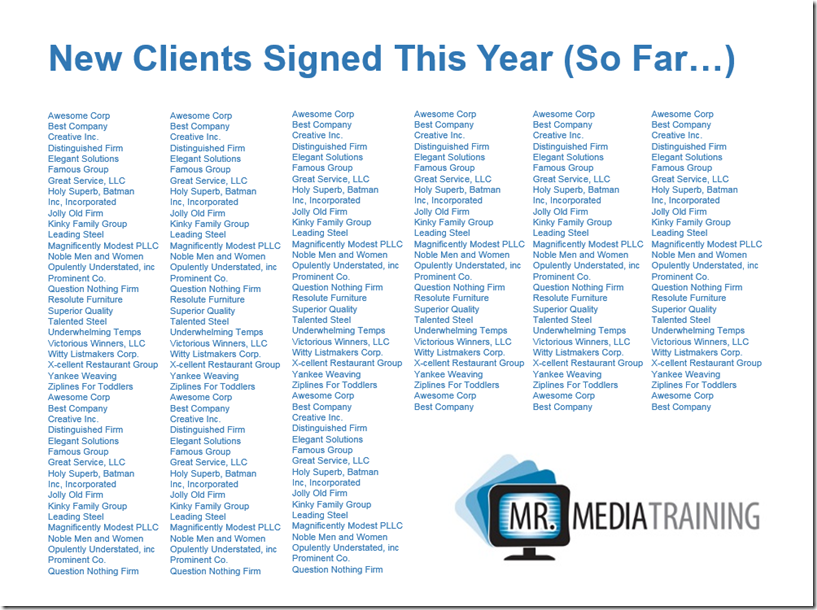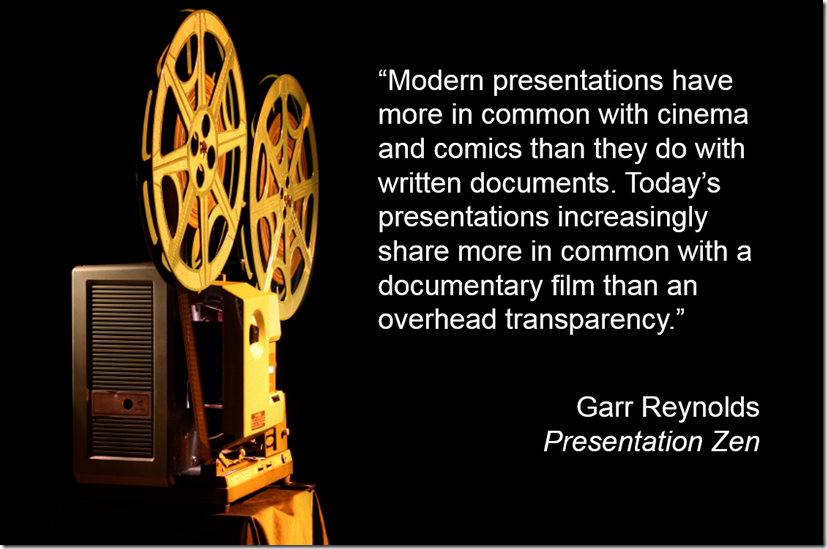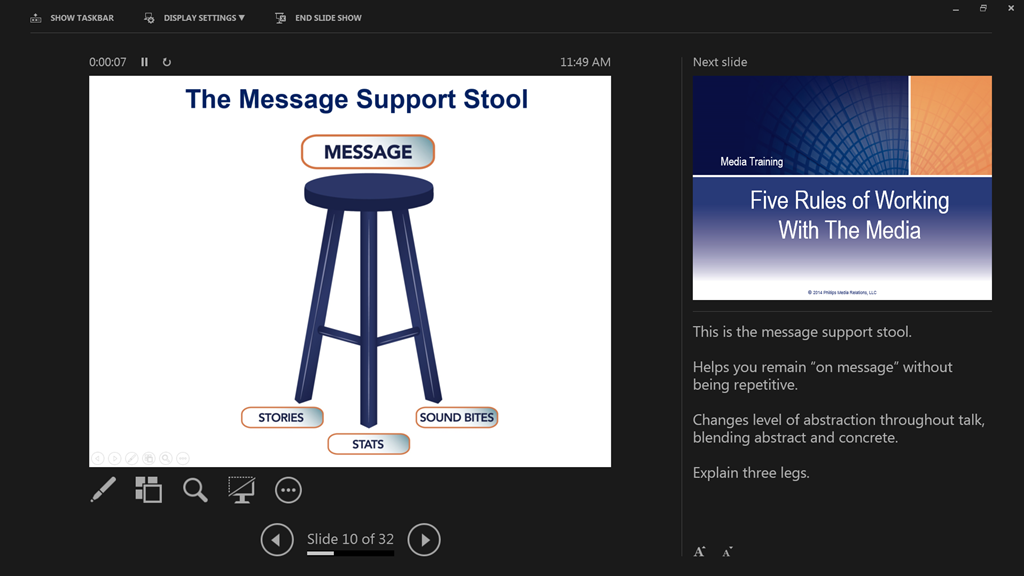Everyone Agrees: Ditch The PowerPoint! They’re Wrong.
National Public Radio recently ran a piece with an attention-grabbing headline:
Physicists, Generals And CEOs Agree: Ditch The PowerPoint
Like similar stories before it, the argument went as follows: PowerPoint prevents two-way engagement, PowerPoint makes the speaker go on autopilot, PowerPoint prevents people from reducing their points to their critical core.
As one Rutgers professor said, “The main advantage of forgoing PowerPoint is that it forces both the speaker and the listener to pay attention.”
But the story—and the people quoted in it—are blaming the wrong problem. PowerPoint isn’t the problem. It’s a tool that’s only as good—or as bad—as its users. The problem is the misuse of PowerPoint by far too many speakers.
Don’t buy into articles that suggest PowerPoint is all good or all bad. It’s true that the pendulum swung too far in the direction of ubiquitous and poorly planned PowerPoint presentations, and it’s good that it’s swinging back in the opposite direction. But these articles are suggesting a pendulum swing to an opposite—but still problematic—extreme.
I’m struck in particular by generals removing PowerPoint from their rhetorical arsenal. Shouldn’t generals, more than most of the rest of us, value keeping as many potential tools in their toolkits as possible and knowing exactly which tools to deploy, and when, and how?
Here’s what we know: PowerPoint can help people make longer-lasting, deeper, and more meaningful connections when used sparingly and strategically. Some presentations may never need PowerPoint. Some may be stronger without it. But that’s not always the case.
An Example
One client wanted to make a crucial point to his employees about the increasing cost of electronic storage for his firm. “This is how much data we’re storing today,” he said, as a giant black circle filled the screen. “Three years ago,” he continued, “this is how much we were storing.” As he delivered that line, he clicked again and an almost imperceptible white circle appeared in one corner, atop the giant black circle. The audience gasped.
Sure, he could have said that verbally instead, perhaps by drawing a clever analogy. But I watched the reaction in the room as he delivered that slide, and it’s difficult for me to believe that anything would have been more effective.
He used PowerPoint sparingly and strategically. So should you. Ask yourself whether a visual representation of your spoken point would do more to enhance your audience’s understanding. If it would, use one. If it wouldn’t, ditch it.
Don’t stop learning! Attend one of our highly reviewed media and presentation training workshops. Click here to see our upcoming sessions.



